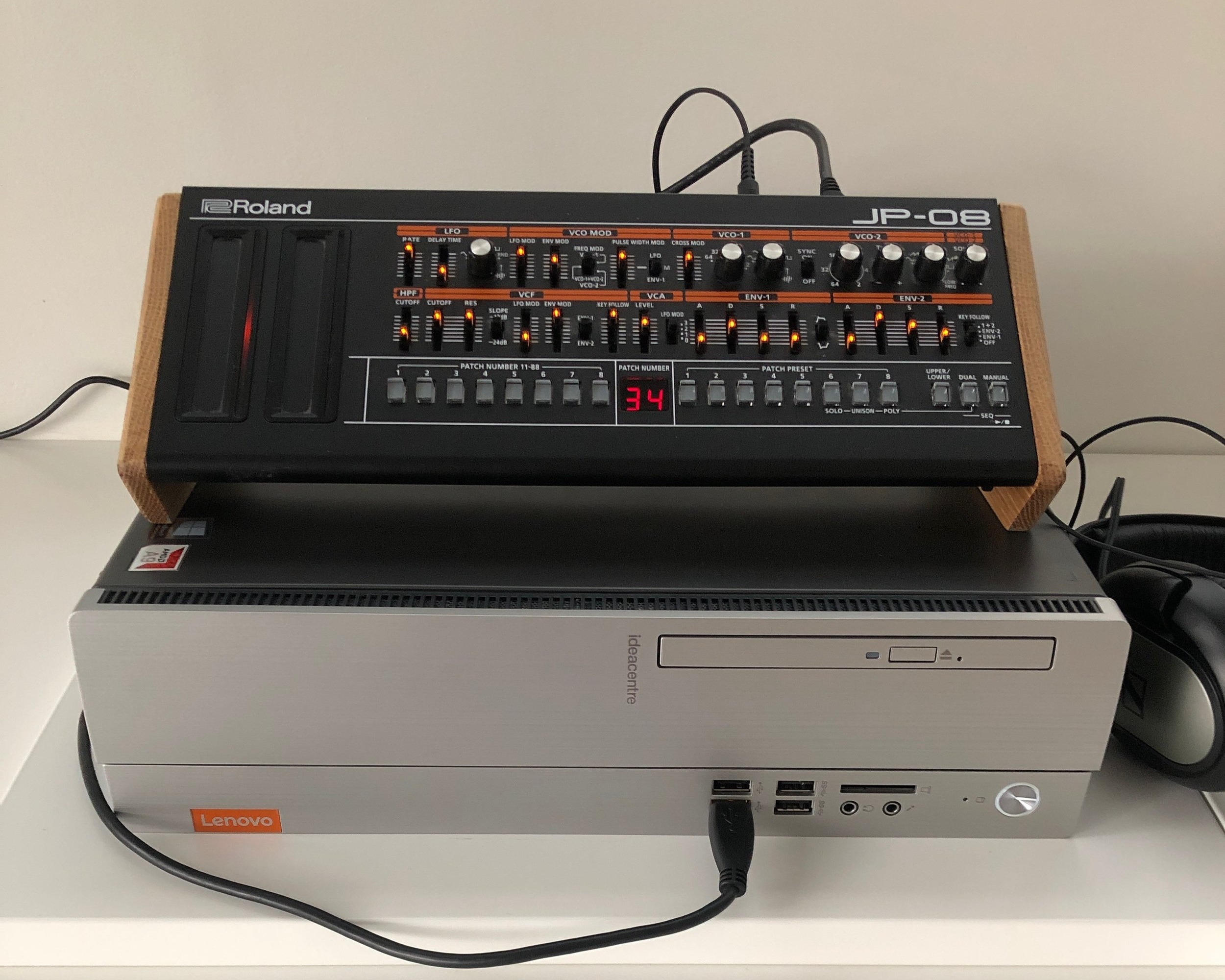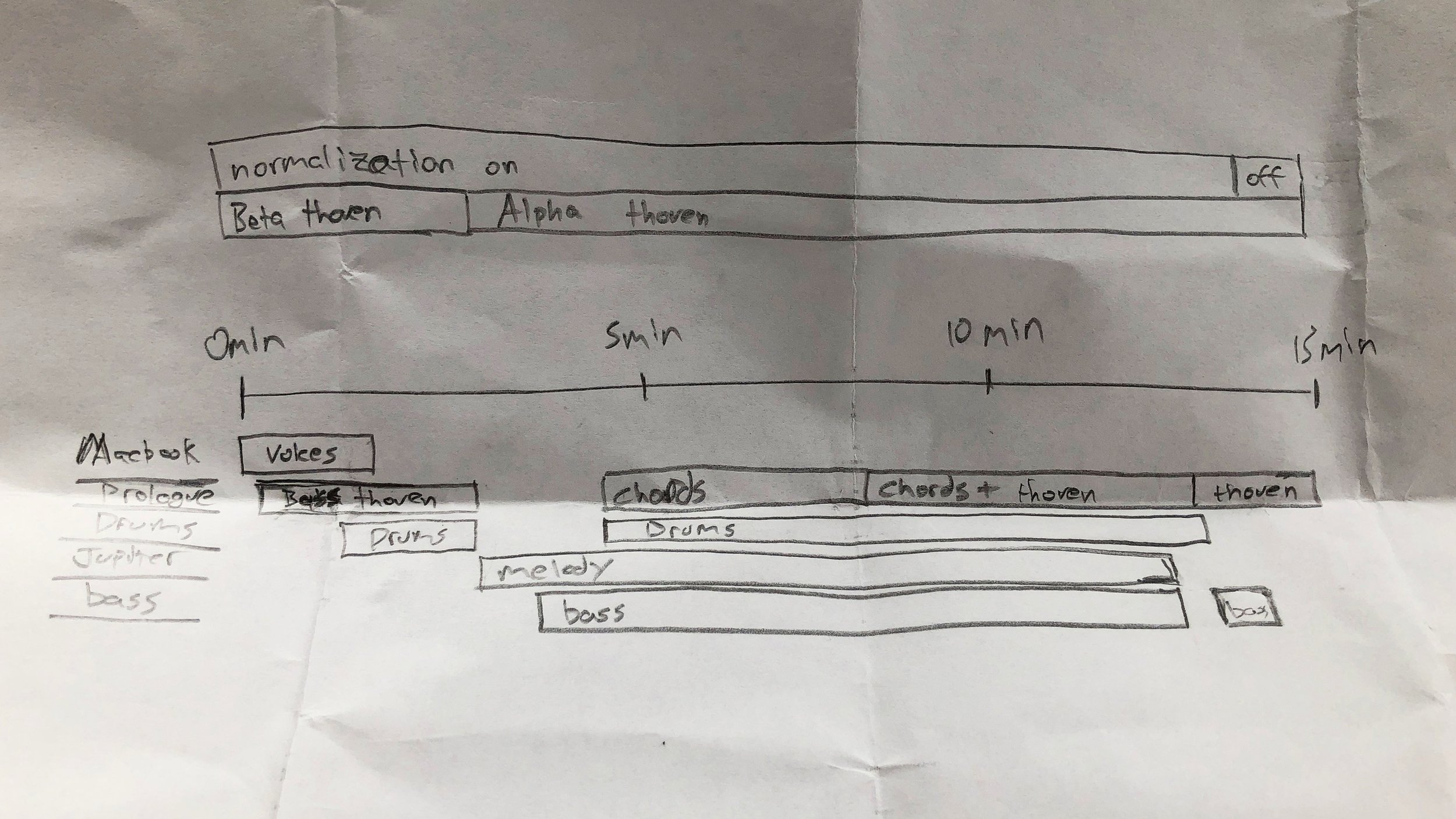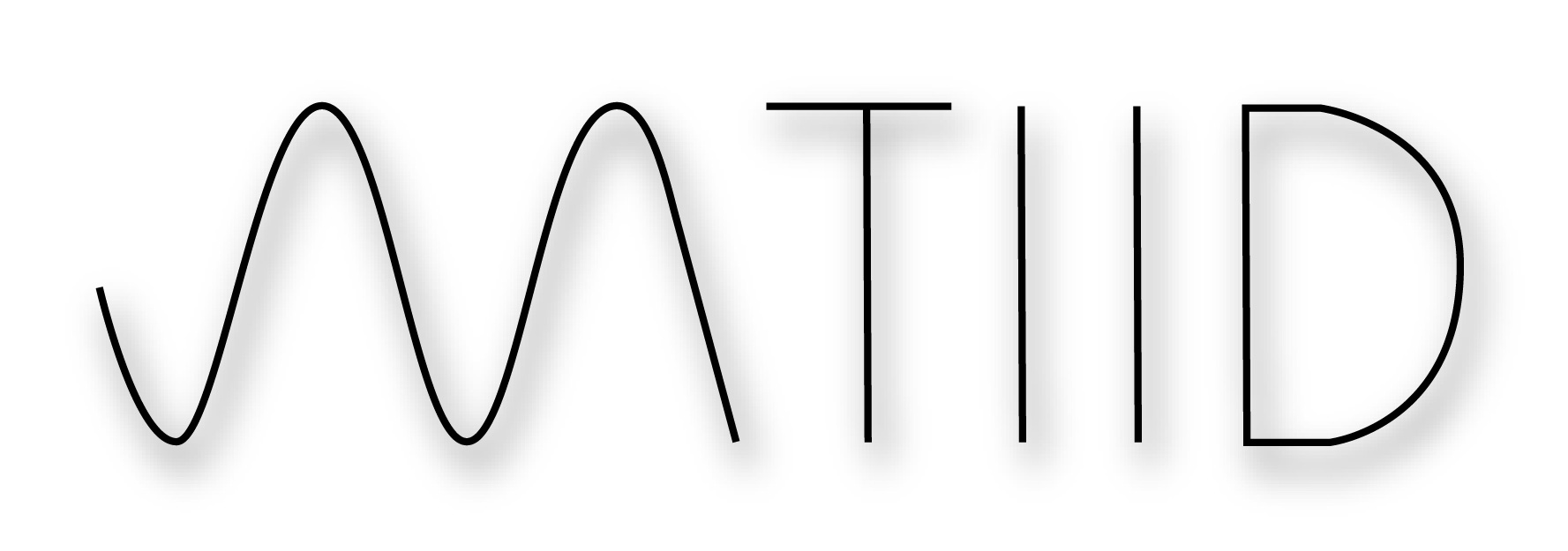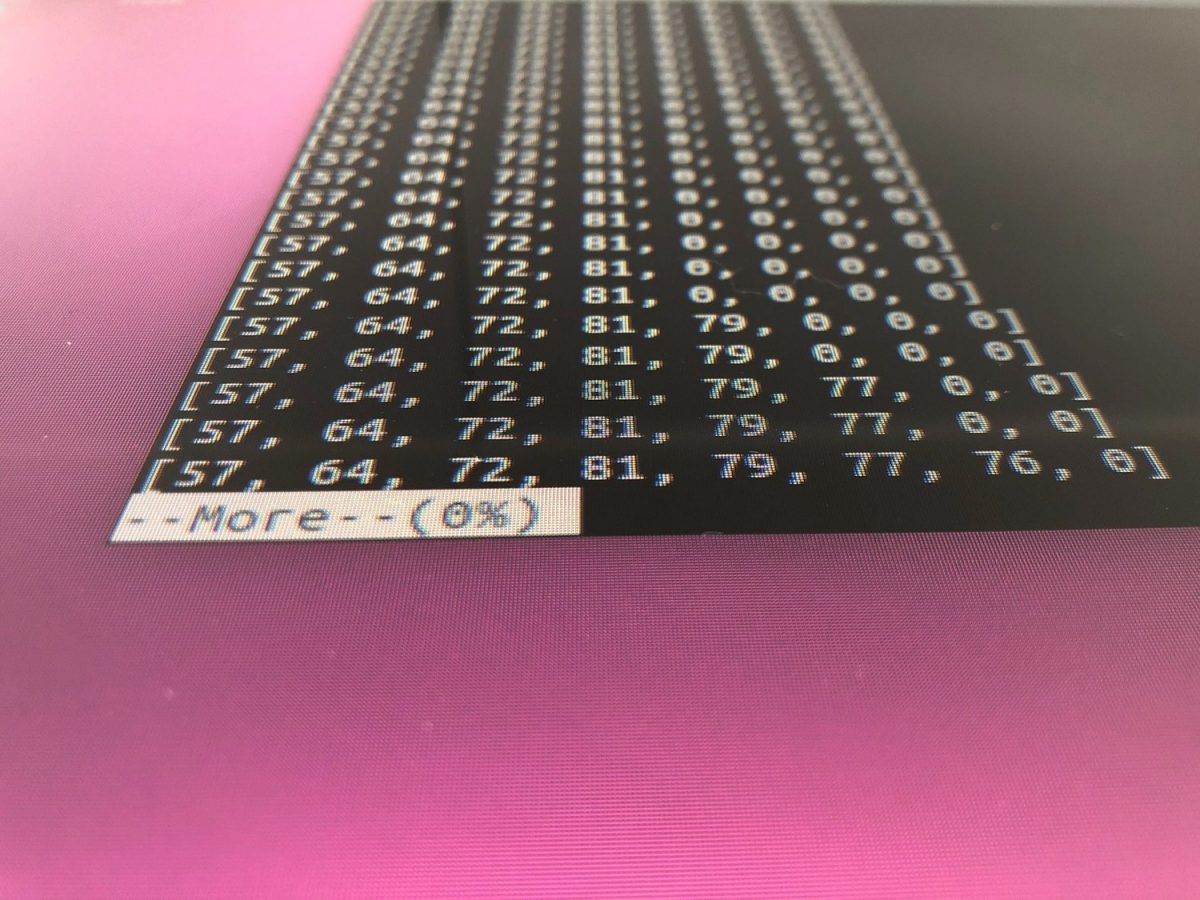Charles Van Alst Danner & Benjamin T. Brodie

GOAL:
The goal of this project was to examine the practicable applications of machine learning in the fields of music composition and performance. Bassthoven is a neural-network driven generative Ai library written in Python that in its application here composes music in a style derived from the compositions of various contemporary and classical western musical influences. Brohzart is a deterministic AI written in Chuck with the ability to analyze, arrange, and accompany on the fly – it is used both as a part of the training process as well as a way to expand Bassthoven’s performance and composition capabilities.
CULTURE
Brohzart was designed around the diatonic tonal space of western music. While the Bassthoven library is a learning algorithm, and is therefore not imbued with specific musical convention prior to training, it is currently limited to communication via MIDI protocol, which necessarily places it in a context of tonal, electronic music.
INPUT
Bassthoven:
– Midi files from the canon of western composers including: Beethoven, Chopin, Mozart, Barber
– Midi files from compositions by Ben Brodie
– Midi files of stochastically generated diatonic chord progressions created by Brohzart
Brohzart:
– Midi output from Bassthoven or from live keyboard
RULES
Bassthoven utilizes an RNN to analyze the input datasets and output the next note.
Brohzart utilizes a series of decision trees to handle diatonic pitch and rhythm as well as a MIDI based chord listener
OUTPUT
MUSIC!?! (MIDI notes)
ALTS
An interesting and unexpected iteration of the Bassthoven training process was deciding to use Brohzart to create additional datasets of diatonic music. Although Brohzart’s engine of variation is is partially stochastic (random), it is possible to implement a high-level decision tree based “music theory” ruleset. This process produces output which can be repetitive, and often defies musical convention, situated on the border between music and noise. Yet it proved to be an excellent source of significant experimental source material. By studying this widely varied, semi-stochastic algorithmic output alongside traditional compositions, Bassthoven learned to handle a broad variety of unexpected outcomes in the music it improvises.
SOCIAL / CULTURAL IMPLICATIONS
One culturally significant aspect of electronic music, specifically dance music, is its accessibility and its power of equalization in any social setting. A “full” (academic) understanding of western music theory, and the canon from which it is derived requires years of study, and is often financially unattainable. By utilizing these and future compositional Ai’s, it is our hope to re-contextualize this knowledge of music theory in such a way that it is functionally accessible and culturally removed from the ivory tower, so that it can be properly implemented in an electronic dance music context.


